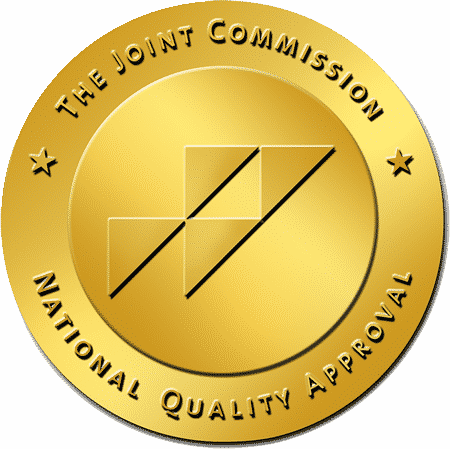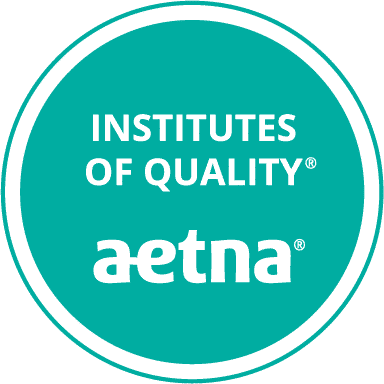Opioid dependence is a chronic disease characterized by the compulsive use of opioids despite harmful outcomes. This condition affects millions and poses severe health risks. In this article, we will discuss its symptoms, causes, risk factors, and the treatment options available.
Key Takeaways
- Opioid dependence is a chronic condition marked by compulsive use despite consequences, affecting millions and requiring urgent intervention and treatment.
- The development of opioid use disorder often begins with legitimate prescription use, leading to addiction through withdrawal symptoms, tolerance, and behavioral changes.
- Effective treatment for opioid dependence includes medical detoxification, medication-assisted treatment (MAT), and behavioral therapies, highlighting the importance of a comprehensive, personalized approach to recovery.
What is Opioid Dependence?
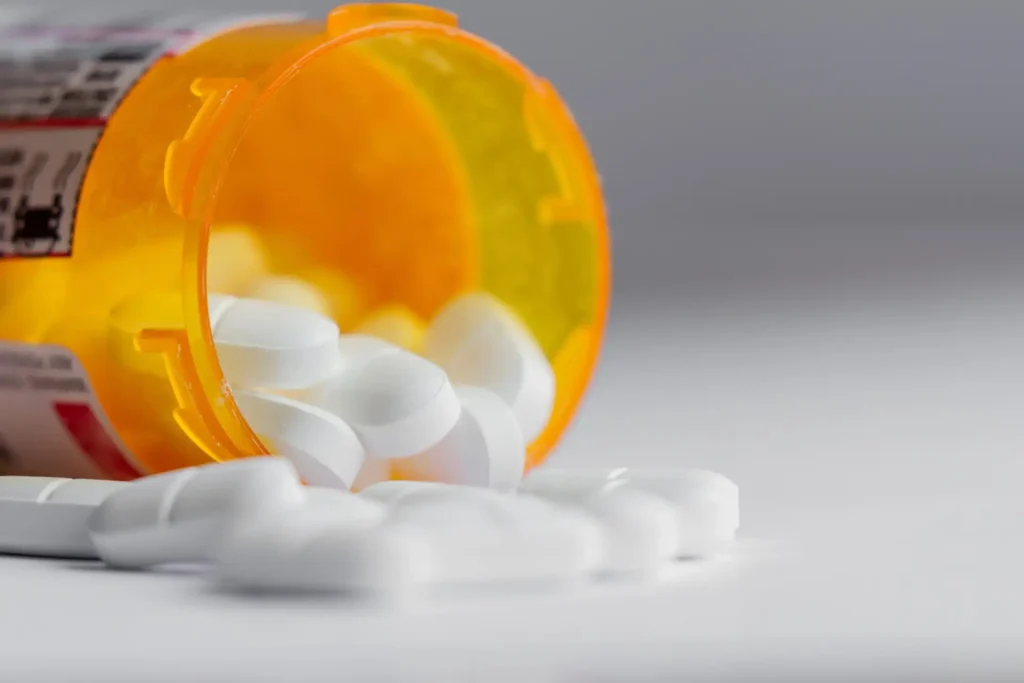
Opioid dependence is a chronic medical disease characterized by compulsive opioid use despite negative consequences, including severe physical, psychological, and social impacts. It affects a diverse range of people, cutting across age, gender, and background, with an estimated 6.1 million individuals diagnosed in 2022 alone. Nearly 110,000 Americans died from drug overdoses in 2022, with over 81,000 involving opioids. This condition often leads to severe consequences such as overdose and death, highlighting the critical need for timely intervention and treatment. Drug addiction, drug dependence, drug abuse, opioid abuse, substance use disorder, and opioid use disorder are all similar terms when a person is addressing an addiction disorder. Opioid use can start innocently with a prescription for pain medications from a doctor. These prescription opioids can slowly turn from medication to becoming addicted. Opioids, like other drugs such as heroin, cocaine, or methamphetamine, carry a high risk of addiction and serious health risks, especially when mixed with other substances.
Despite its prevalence, only a minority of those suffering from dependence receive the necessary treatment. This gap underscores the urgency of raising awareness and providing accessible care options. Understanding opioid use disorder and the dependence is the first step in breaking the cycle of addiction and moving towards recovery.
How Dependence on Opioids Develop
The development of dependence often begins with the legitimate use of prescription opioids for pain management. However, the short-term relief these drugs provide can quickly lead to a dangerous cycle of addiction. As the opioid dose wears off, individuals may find themselves seeking to regain the euphoria and pain relief that opioids trigger. This cycle is driven by the severe symptoms of withdrawal that occur when the drug is not consumed, compelling users to continue their opioid use.
Physical dependence can develop rapidly, sometimes within just a few weeks of regular opioid use. Opioids are highly addictive due to their activation of powerful reward centers in the brain, which release endorphins and create feelings of euphoria and reduced pain perception. Over time, as tolerance builds, individuals may require higher doses to achieve the same effects, leading some to seek stronger street drugs or illicit opioids, illegally manufactured opioids. As tolerance increases, the same dose of opioids becomes less effective, which can drive individuals to increase their dosage or seek alternative substances. Fentanyl, which is 50 times more potent than heroin, is often involved in opioid-related deaths, further exacerbating the crisis.
The path to dependence on the opioids is influenced by a complex interplay of genetic predisposition and environmental factors. Understanding these factors is helpful when developing effective prevention and treatment strategies. Recognizing the early signs of dependence can help intervene before the situation worsens, making timely treatment all the more imperative.
Recognizing the Withdrawal Symptoms of Opioid Dependence
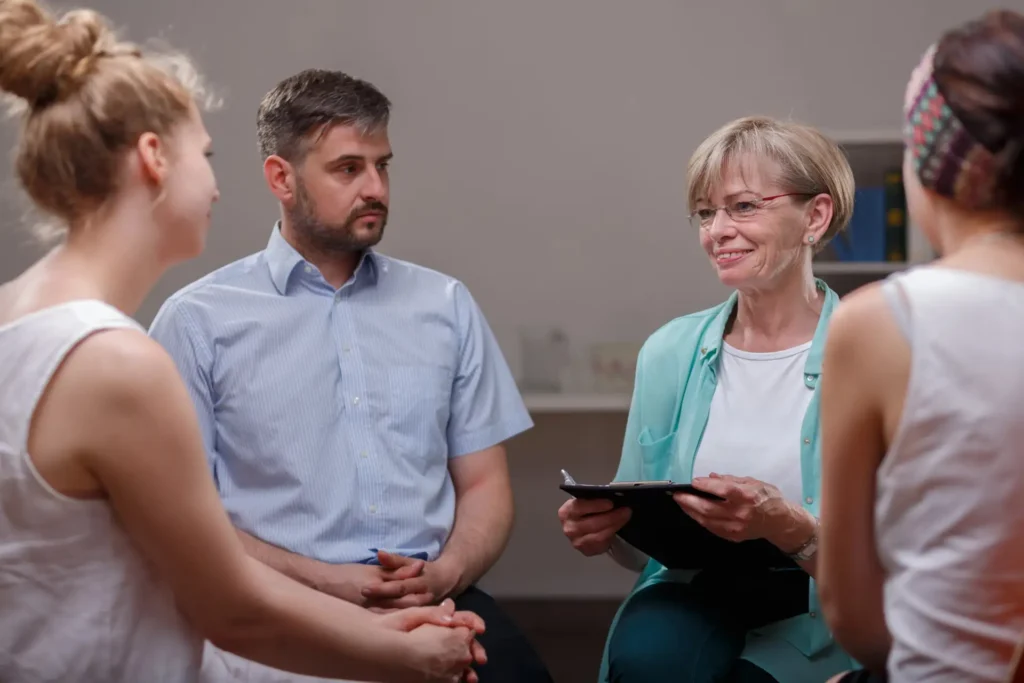
Opioid dependence manifests through a combination of behavioral, cognitive, and physiological symptoms:
- Behavioral changes might include an increased focus on obtaining and using illicit or prescription opioids, neglecting responsibilities, and continuing use despite negative consequences.
- Cognitively, individuals may experience impaired judgment and decision-making abilities.
- Physiologically, the body becomes reliant on the prescribed opioids to function normally.
Withdrawal symptoms are a significant indicator of opioid withdrawal dependence and can include:
- Anxiety
- Nausea
- Muscle pain
- Chills
- Vomiting
- Diarrhea
- Intense cravings
- Whole-body pain, cramps, dilated pupils, restlessness, insomnia
When a person is experiencing withdrawal (opioid withdrawal syndrome) these symptoms can cause such severe pain that individuals continue using opioids primarily to avoid withdrawal symptoms. This in essence perpetuates the cycle of addiction, with the person hoping to reduce withdrawal symptoms. Many individuals make unsuccessful efforts to cut down or control their opioid use, which is a hallmark of opioid dependence and highlights the chronic, relapsing nature of the disorder.
Another critical symptom is tolerance, where larger doses of opioids are needed to achieve the same effect. This escalation increases the risk of opioid overdose and accidental overdose and further deepens the dependency, leading to serious potential consequences and overdose death. Recognizing these symptoms early can be lifesaving, allowing for timely intervention and treatment.
Risk Factors for Developing Dependence
Several risk factors can increase an individual’s likelihood of developing a dependence to opioids:
- Genetics, with family history of substance use disorders being a major risk factor. Genetic factors are responsible for 40% to 60% of the vulnerability to substance use disorders, including Opiate Use Disorder.
- Environmental factors, such as exposure to trauma or abuse during childhood
- Mental health issues, including depression, PTSD, and other mental illnesses such as anxiety disorders or bipolar disorder, which are closely linked to opioid misuse and dependence
Individuals with chronic pain are particularly vulnerable, as the prolonged use of prescribed opioids for pain management can lead to addiction. Key points include:
- 3-12% of patients receiving opioids for chronic pain may develop opioid use disorder, which can have devastating consequences.
- Those with a history of substance abuse are at greater risk.
- Individuals with conduct disorders in childhood or adolescence are also at greater risk. Women are more likely than men to be prescribed opioids for longer periods and at higher doses, increasing their risk of developing OUD. Efforts to reduce pain in individuals with acute or chronic pain should be carefully managed to avoid these risks.
It is important to discuss your medical history with your doctor before starting opioid treatment, as certain medical conditions or histories may increase the risk of developing dependence.
Understanding these risk factors can help in creating targeted prevention strategies and identifying those who might be at increased risk for opioid addiction. By addressing these underlying issues, we can reduce the incidence of opioid dependence and provide better support for those affected.
The Role of Prescription Opioids in Dependence
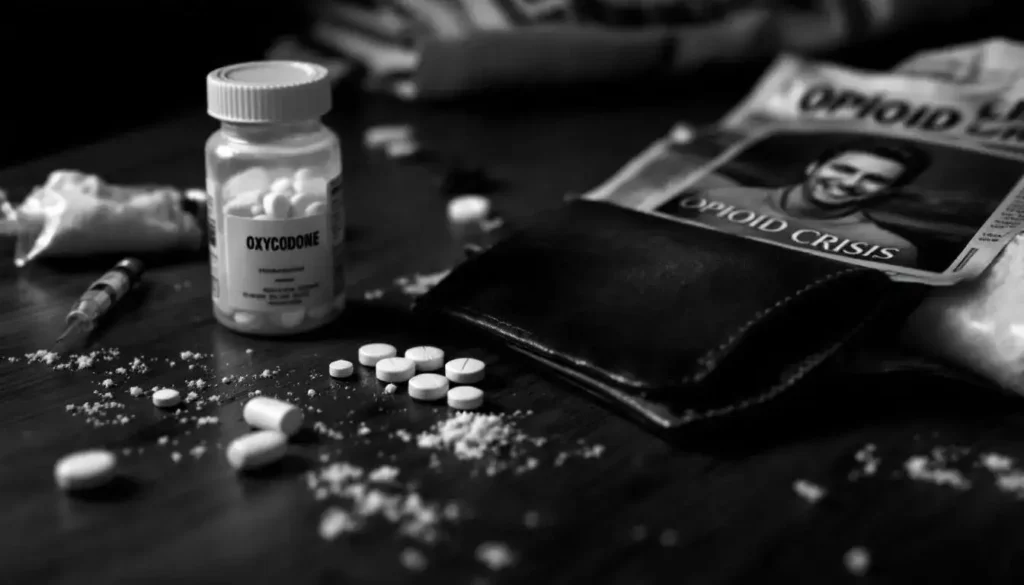
Prescription opioids, while effective for managing acute and chronic and severe pain, can inadvertently lead to dependence even when used as directed by a healthcare provider. Even a single prescription opioid can initiate a cycle of dependence, withdrawal symptoms, and, in some cases, transition to illicit opioid use. High doses, particularly those exceeding 100 morphine milligram equivalents, significantly increase the risk of misuse and overdose. Certain formulations, such as extended-release and long-acting opioids, also carry a higher risk of overdose compared to immediate-release versions. Opioid drugs can exacerbate these issues if not managed carefully, especially when using opioid medication.
Safe use of prescription opioids involves:
- Setting clear treatment goals for pain and function with a clinician.
- Using the lowest effective dose for the shortest duration possible, typically opioids are safest when used for three or fewer days to manage serious pain. No more than three days for serious pain to treat acute pain while taking opioids.
- Maintaining open communication with healthcare providers about concerns and alternative pain management options.
By following these guidelines, patients can prevent opioid misuse and reduce the risk of developing dependence.
Prevention and Disease Control
Preventing opioid addiction and controlling the spread of opioid use disorder are essential steps in addressing the ongoing opioid epidemic. The American Psychiatric Association and other leading health organizations stress that early intervention and comprehensive treatment are key to stopping opioid abuse before it leads to serious potential consequences, such as overdose death or long-term physical dependence.
According to the Diagnostic and Statistical Manual, opioid use disorder is a chronic disease that can be managed and even prevented with the right strategies. One of the most effective ways to prevent opioid misuse is to use prescription opioids exactly as directed by a healthcare provider. This means never taking higher doses or more frequent doses than prescribed, and never sharing or using opioids that were prescribed for someone else. Healthcare providers play a critical role by closely monitoring patients, offering alternative pain management options, and educating about the risks and benefits of taking opioids.
Community and governmental organizations also provide vital support. The Substance Abuse and Mental Health Services Administration (SAMHSA) offers resources for those at risk, including guidance on buprenorphine treatment and other medications that can relieve withdrawal symptoms and support recovery. The Food and Drug Administration (FDA) provides information on the safe use and disposal of opioid medications, such as pharmacy mail-back programs for unused drugs, helping to prevent opioid misuse and accidental overdose. The Drug Enforcement Administration (DEA) works to control the supply of prescription opioids and prevent their diversion to illicit markets, reducing the risk of opioid abuse in the community.
On an individual level, seeking treatment for underlying mental health conditions—such as post traumatic stress disorder or depression—can significantly reduce the risk of developing opioid use disorder. Participating in intensive outpatient treatment, outpatient counseling, or other community-based programs can provide ongoing support for those struggling with substance abuse or opioid misuse. Avoiding the use of illicit opioids and being aware of the risks associated with opioid use, including the potential for negative consequences and accidental overdose, are also crucial steps in prevention.
Understanding the biological basis of opioid addiction is important as well. Opioids trigger the release of endorphins by binding to opioid receptors in the brain, which can quickly lead to physical dependence and withdrawal symptoms. This process underscores the importance of careful management and prevention strategies to avoid the onset of opioid use disorder.
Disease control efforts, led by organizations like the Centers for Disease Control and Prevention (CDC), focus on reducing opioid overdose and related deaths. This includes promoting the use of naloxone—a medication that can reverse opioid overdose—and supporting community-based initiatives to educate the public and reduce opioid misuse.
In summary, preventing opioid use disorder and controlling its spread requires a coordinated approach involving education, responsible prescribing, community support, and effective disease control measures. By working together, healthcare providers, individuals, and organizations can help prevent opioid misuse and reduce the risk of overdose death, ultimately promoting public health and safety.
Key prevention strategies include:
- Managing opioid use carefully and responsibly
- Avoiding higher doses or more frequent doses than prescribed
- Not sharing or taking opioids from others
- Seeking treatment for underlying mental health conditions
- Avoiding the use of illicit opioids
- Participating in community-based programs, such as intensive outpatient treatment and outpatient counseling
- Disposing of unused opioids properly through pharmacy mail-back programs
- Understanding the risks associated with opioid use, including the risk of accidental overdose and the potential for negative consequences
By following these strategies and supporting one another, we can help prevent opioid addiction and control the impact of opioid use disorder in our communities.
Treatment Options for Opioid Dependence

Medications can help relieve withdrawal symptoms. Treating opioid dependence involves a multifaceted approach that can significantly reduce illicit opioid use and support long-term recovery. Effective treatment options include medical detoxification, medication-assisted treatment (MAT), and group therapy. Each of these plays a specific role in addressing different aspects of opioid addiction, from managing withdrawal symptoms to changing behaviors and supporting mental health.
Medical Detoxification
Medical detoxification is the first step in treating opioid addiction, focusing on safely managing withdrawal symptoms and stabilizing the patient for further treatment. This process can be conducted in both inpatient and outpatient settings, though inpatient detox provides 24/7 medical supervision to handle severe symptoms and emergencies. La Hacienda Treatment Center offers a comprehensive medical detox program, ensuring that patients are carefully monitored and supported throughout this challenging phase.
The detox process involves three stages: evaluation, stabilization, and transition to addiction treatment. During the evaluation phase, patients undergo a thorough physical and mental health assessment, including evaluating predicted withdrawal severity and any co-existing psychiatric or mental disorders. Stabilization involves medical interventions to manage withdrawal symptoms and prepare the patient for ongoing treatment.
Inpatient detox at La Hacienda treatment Center includes:
- medically supervised care
- daily visits with doctors
- 24/7 medical staff
- licensed therapist in unit
Medication-Assisted Treatment (MAT)
Medication-Assisted Treatment (MAT) combines Food and Drug Administration-approved medications with counseling and behavioral interventions to treat opioid use disorder effectively. Medications such as buprenorphine treatment and naltrexone help normalize brain chemistry, relieve cravings, and prevent withdrawal symptoms, making it easier for individuals to focus on their recovery. The Drug Enforcement Administration regulates medications like naltrexone, which works by blocking the euphoric effects of opioids, thus preventing relapse.
MAT is an evidence-based approach that has been shown to reduce opioid use and improve treatment outcomes. By integrating medication with comprehensive therapy and support, MAT addresses both the physical and psychological aspects of addiction, providing a holistic path to recovery. Patients who are treated with effective medications return to their families, jobs, and communities.
Medication assisted therapy is the recommendation for people who struggle with opioids and this includes suboxone (buprenorphine), methadone, and naltrexone. At La Hacienda we do not use the opioid maintenance medications suboxone or methadone except for the detoxification process but instead use naltrexone. If you want to use suboxone or methadone we can help refer you to another facility that uses those medications. La Hacienda supports individuals who have tried other methods, failed, and now want complete abstinence. When you leave medical detoxification at La Hacienda Treatment Center, there is a complete plan to be free from taking opioids.
Behavioral Therapies
Behavioral therapies are a large component of treating opioid dependence, focusing on changing the behaviors, thoughts, and emotions associated with drug use. La Hacienda Treatment center offers a variety of therapeutic modalities, including:
- Individual counseling
- Group counseling
- Didactic groups
- Interactive therapeutic activities
These therapies help individuals develop coping strategies, improve their mental health, and build a strong foundation for lasting recovery.
The primary goal of behavioral therapies is to help patients recover and lead productive lives by addressing the underlying issues that contribute to their addiction. The detox and residential treatment programs at La Hacienda Treatment Center assist patients in quitting substance use, avoiding future dependency, and achieving long-term recovery. The overall goal of treatment for opioid use disorder is to help people regain their health and social function.
Specialized Care at La Hacienda Treatment Center
La Hacienda Treatment Center, located in the serene Texas Hill Country, has been helping individuals struggling with addiction since 1972. With a nearly 2:1 staff-to-patient ratio and a commitment to integrity, purpose, and recovery, La Hacienda provides personalized and compassionate care.
Their comprehensive approach includes medical detoxification, residential inpatient treatment, and a strong focus on family support and aftercare for those seeking treatment, including intensive outpatient treatment and community drug free support groups.
Comprehensive Inpatient Programs
La Hacienda’s inpatient programs are designed to provide:
- Medically supervised detoxification
- A range of therapeutic activities tailored to individual needs
- Daily patient care involving doctors
- Openness to spiritual support, including prayer
- Counseling sessions in both individual and group formats
These elements create a supportive recovery environment, helping patients correct distorted thinking and recognize the need for change.
Family Support and Education
Family involvement is important for successful recovery from opioid use disorder, and La Hacienda’s Family Program is designed to educate and support families throughout the treatment process. The program includes:
- Family counseling to improve relationships and create a supportive environment for the patient
- Helping families understand the patient’s condition
- Teaching families how to take care of themselves
These elements enhance overall recovery outcomes.
By involving families in the recovery process, La Hacienda ensures that patients have a solid support system to rely on, both during treatment and in their ongoing recovery journey.
Ongoing Aftercare and Support
Aftercare services at La Hacienda are essential for maintaining recovery and reducing the risk of relapse after treatment. The center provides tailored follow-up sessions and connects individuals with community resources to support their continued recovery. These services help individuals build a new life free from addiction and ensuring they have the tools and support needed for long-term success.
Continuous support and aftercare help patients navigate the challenges of early recovery, reinforcing the skills and strategies learned during treatment and providing a safety net as they transition back into their daily lives.
Insurance and Admission Process
La Hacienda Treatment Center makes accessing treatment straightforward by accepting most insurance plans and working with families and insurance companies as In-Network Providers. The admission process begins with a call to La Hacienda, where staff will assess treatment needs and facilitate admissions, sometimes even on the same day.
This streamlined process ensures that individuals can quickly get the help they need.
Summary
In summary, understanding opioid dependence, recognizing its symptoms, and knowing the risk factors can significantly improve the chances of successful treatment and recovery. La Hacienda Treatment Center offers comprehensive care, including medical detoxification, medication-assisted treatment, and residential treatment, all within a supportive and compassionate environment. By seeking help at La Hacienda, individuals struggling with opioid dependence can embark on a path to reclaiming their lives and achieving lasting recovery.
Frequently Asked Questions
What are the behaviors of opioid addicts?
Opioid addicts often exhibit behaviors such as compulsive drug seeking and use, neglecting responsibilities, impaired judgment, social withdrawal, and continuing use despite negative consequences.
How does opioid dependence develop?
Opioid dependence typically develops from the legitimate use of prescription opioids for pain management, but it can rapidly lead to addiction as physical dependence emerges. This cycle occurs as the brain adapts to the drug, increasing the risk of misuse.
What are the symptoms of opioid dependence?
Opioid dependence typically manifests through behavioral changes, cognitive impairments, and severe withdrawal symptoms, including anxiety, nausea, and intense cravings. Recognizing these signs is crucial for seeking appropriate help.
What treatment options are available for opioid dependence?
Effective treatment options for opioid dependence include medical detoxification, medication-assisted treatment (MAT), and various behavioral therapies. Each of these approaches plays a crucial role in supporting recovery and managing dependence.
How does La Hacienda support ongoing recovery after treatment?
La Hacienda supports ongoing recovery through personalized aftercare services and follow-up sessions, ensuring access to community resources to minimize the risk of relapse.
Sources:
New York Times: U.S. Recorded Nearly 110,000 Overdose Deaths in 2022
